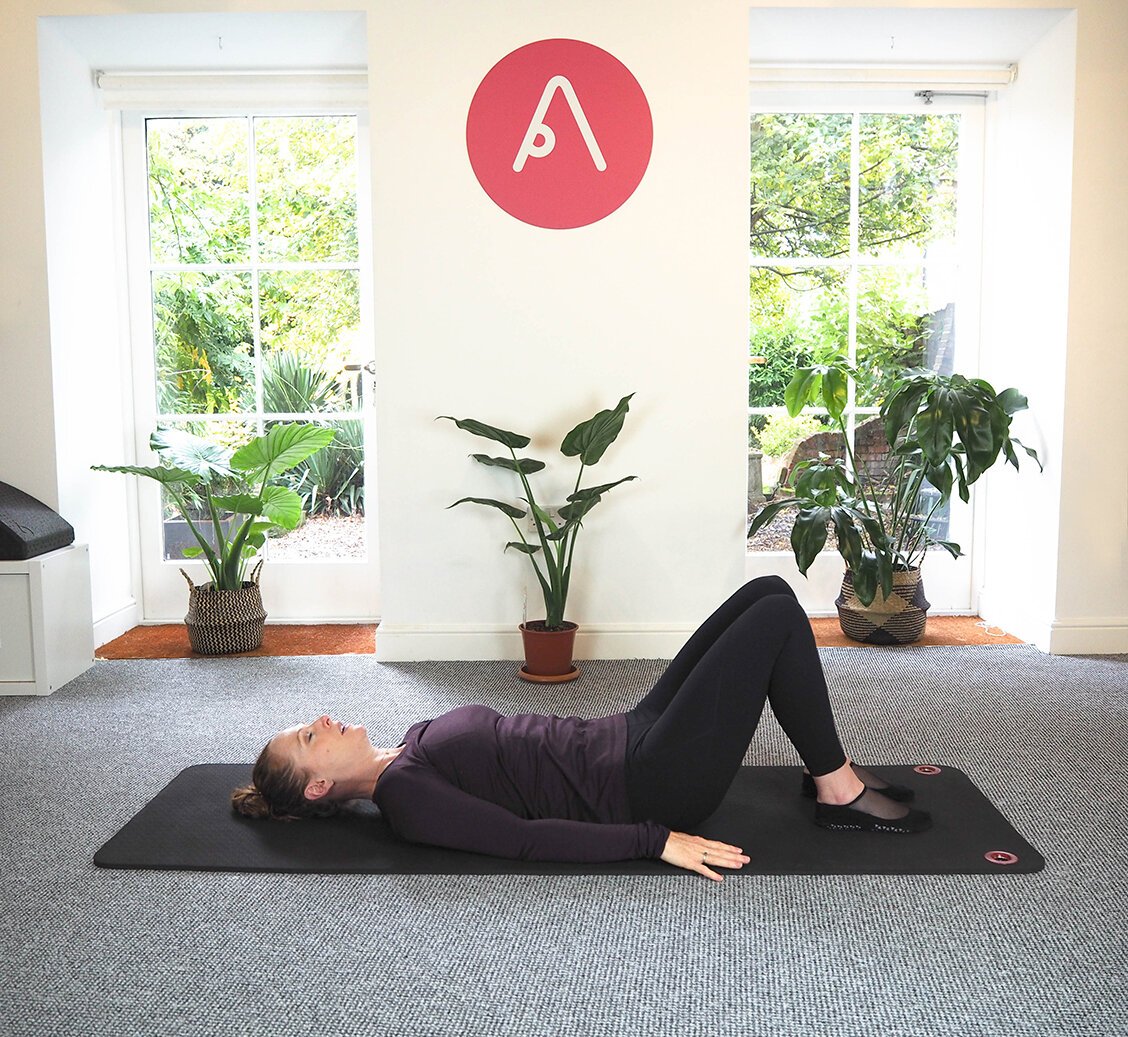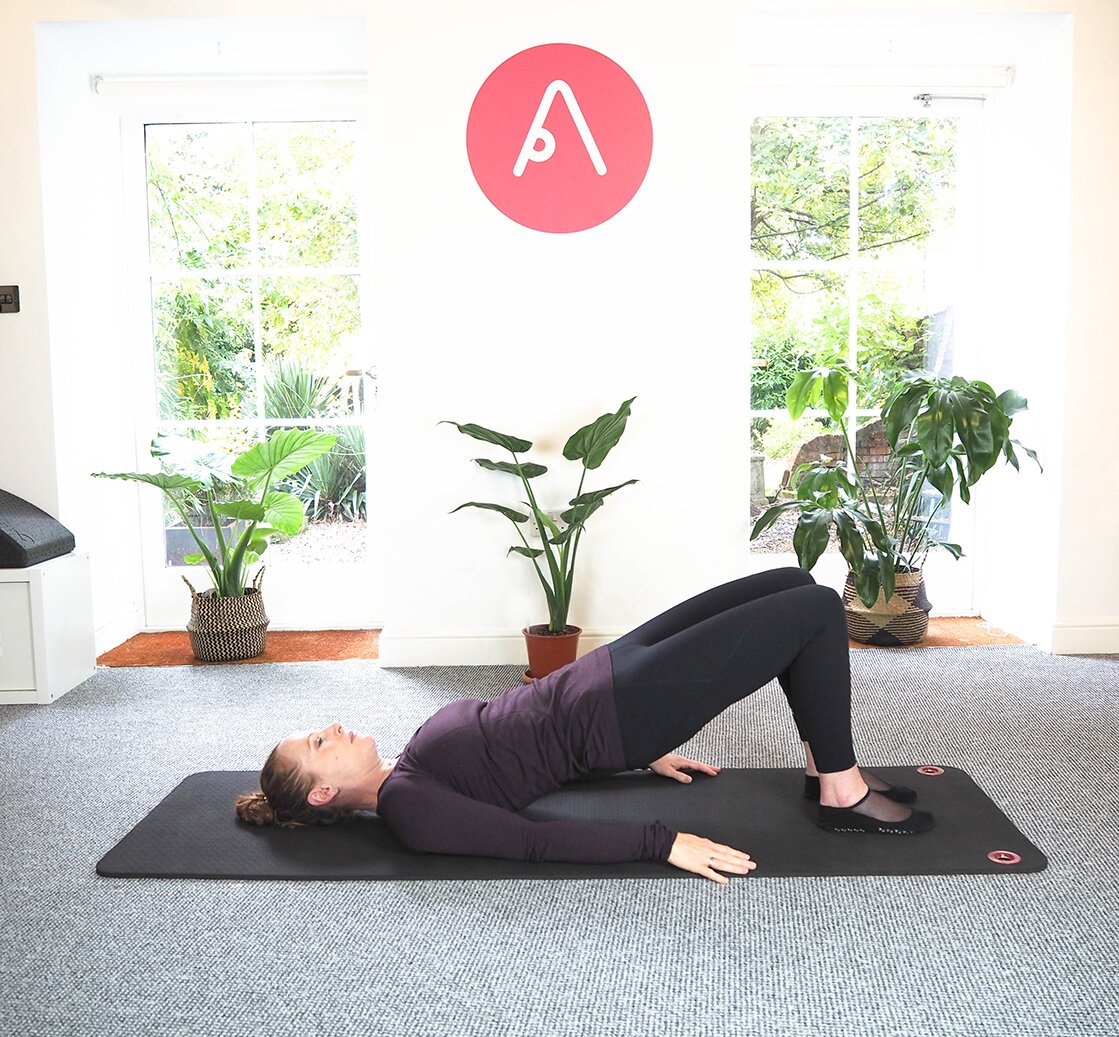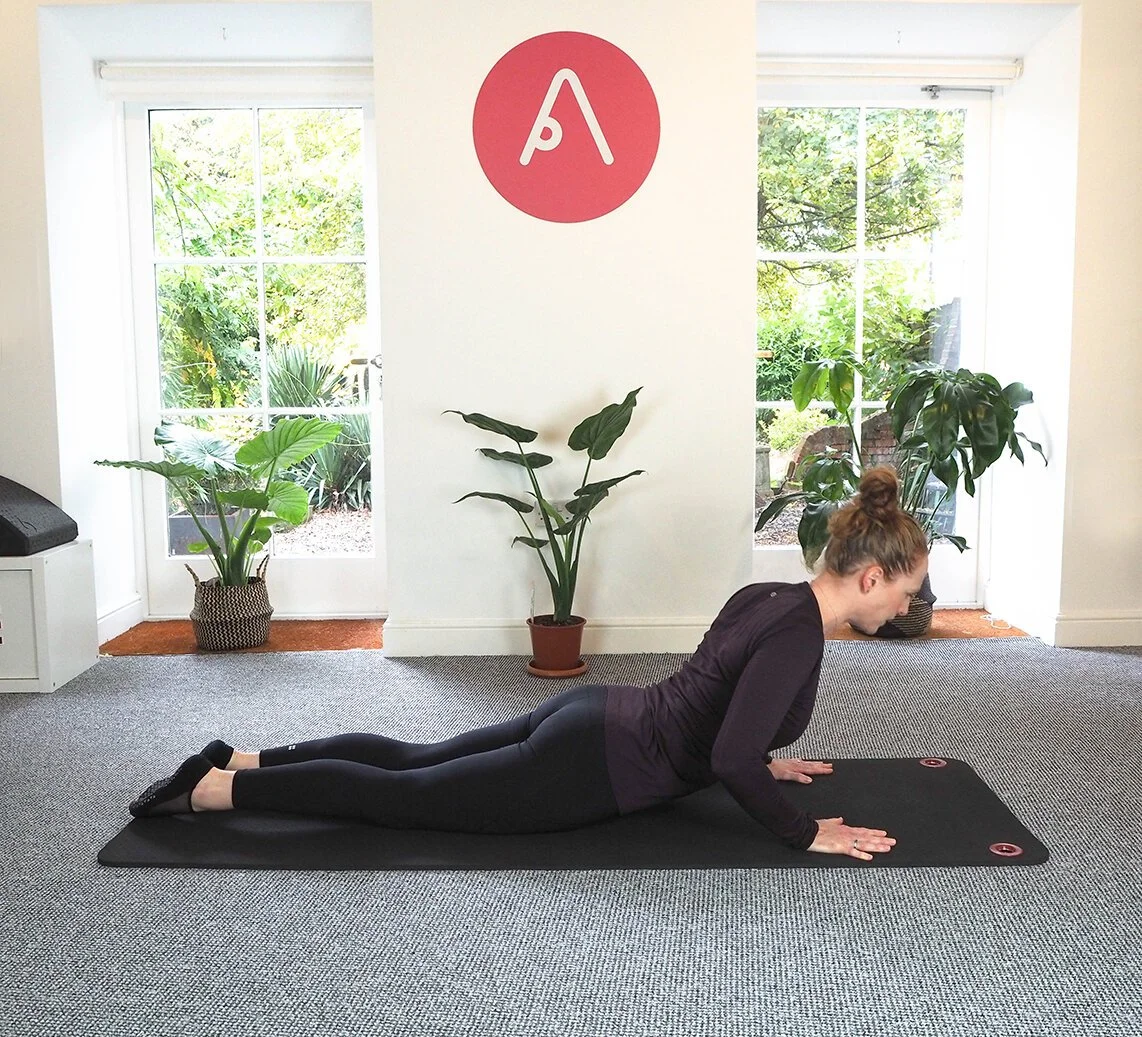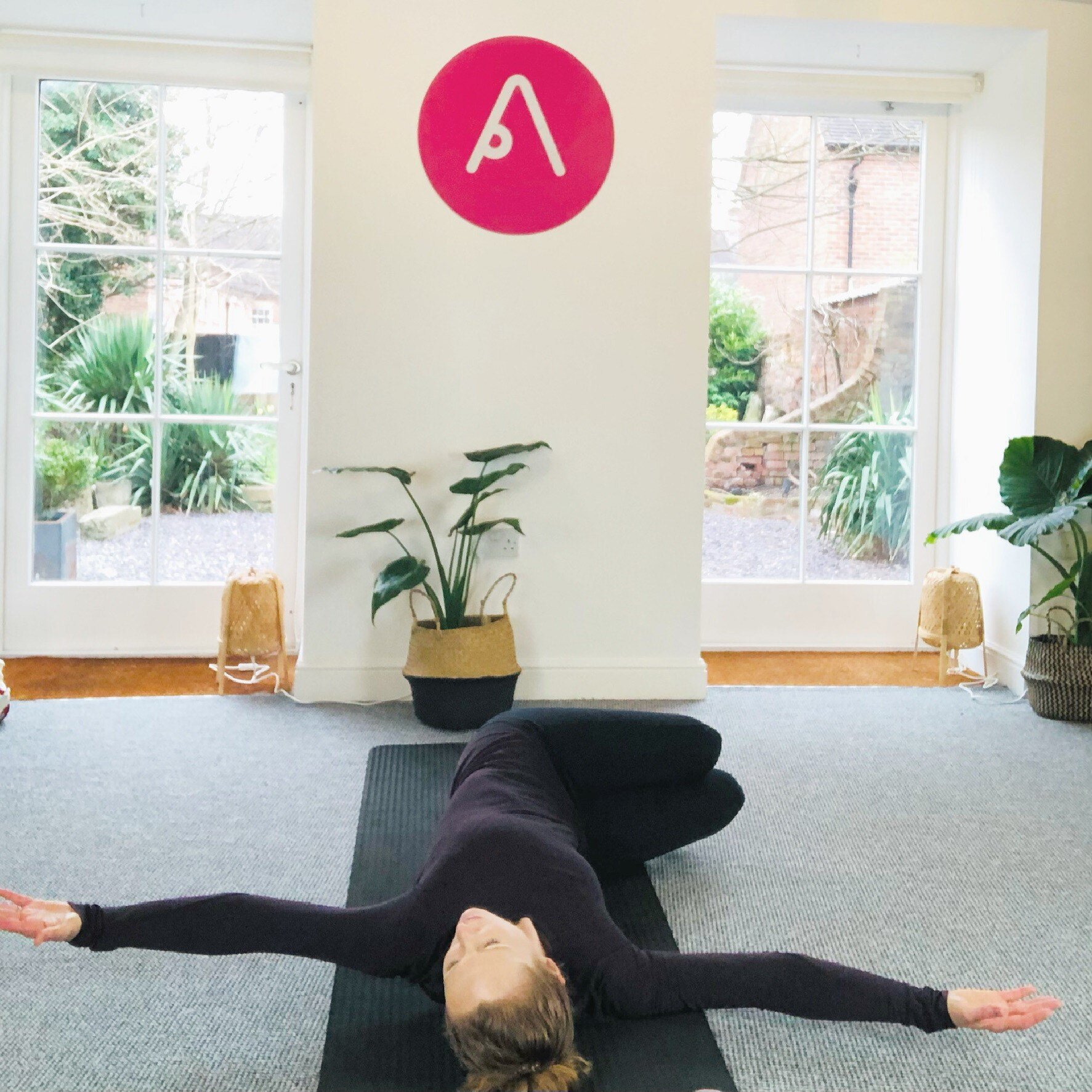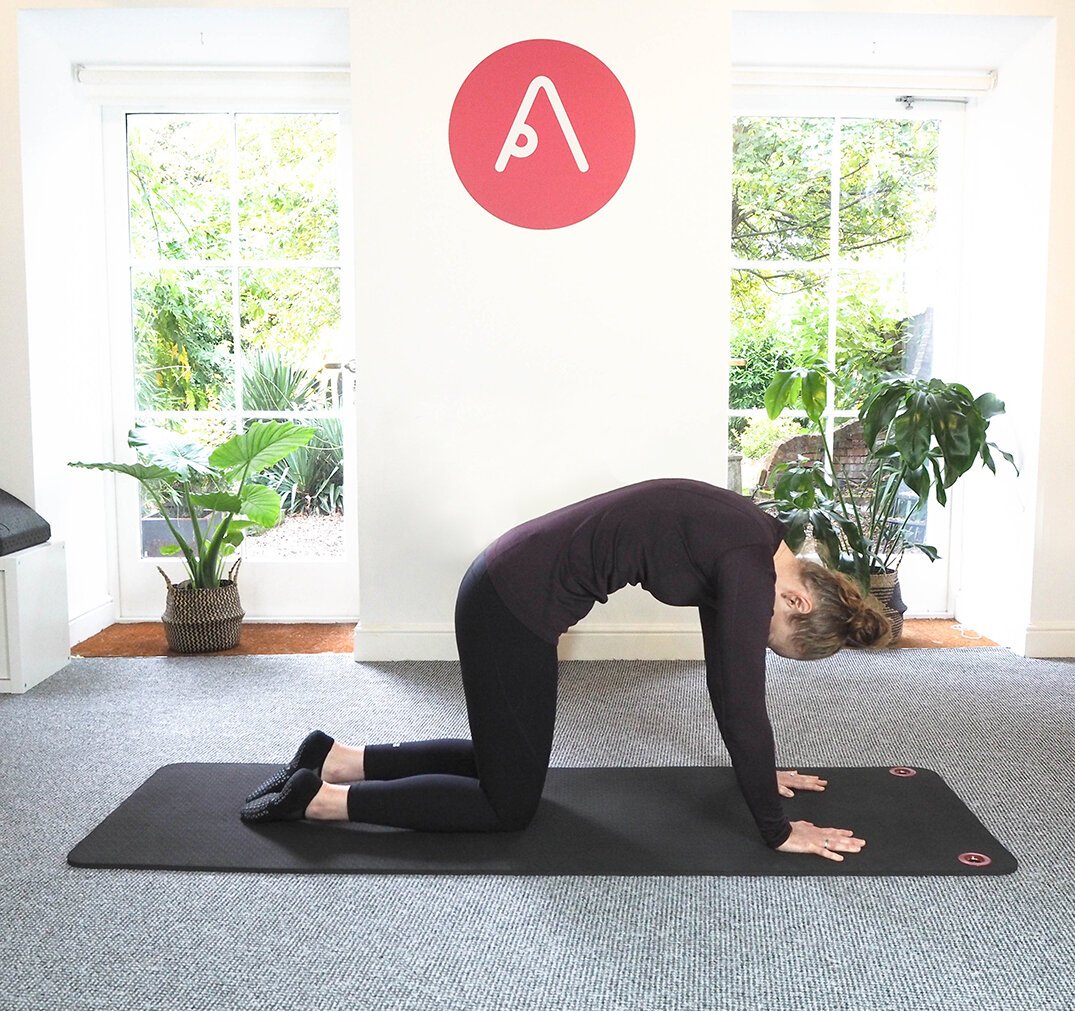Our Top 5 Exercises for a healthy and flexible back
If your back feels stiff or sore are you going to be able to enjoy your daily life?
In Joseph Pilates famous quote he says “if your spine is inflexibly stiff at 30, then you’re old; if it is completely flexible at 70 then you are young”. This was back when we were far less sedentary as human-beings so it is even more applicable today when the majority of us may spend most our day sat down.
Maintaining a healthy back means working on flexibility
In this blog, we’ll talk about the amazing design of your back and how it is meant to function, and we’ll share with you our TOP 5 Pilates exercises which will help you to maintain a flexible and healthy spine.
Our spine is designed to move
When we stop moving our back, we can become stiff, inflexible and compressed and might then get pain or discomfort. We have 24 vertebrae, 7 at the top (cervical spine), 12 in the middle (thoracic spine) and 5 at the bottom (lumbar spine). Most of us only move through around 4 of these vertebrae, which means we are putting excessive force and strain onto these segments and in most people, it's the lumbar spine that bears the brunt of these forces.
If you have ever ‘put your back out’, you'll know it affects your entire body because everything in our bodies is connected.
To keep our spine healthy, we need to offer it movement, that's movement in all ranges (forward and backward bending and rotation) and in as many orientations as possible (on our back, side, front, all-fours and standing). Each time we put on socks and underwear, we need to bend forward and reverse our car or reach for the toilet paper, which requires our spine to rotate, but what if we have a rotating chair and a reversing camera in our car, or we sit to put on socks? Our spine never gets the movement it really needs. By moving your back in various directions each day, you are allowing each vertebra to move, which helps to improve spine flexibility, decreases compression from sitting and nourishes and hydrates our discs. In a Pilates class, we’ll move the spine in all directions so that, over time, your spine becomes less compressed and more flexible.
The structure of our spine protects the spinal column, so movement is also important for optimum nervous system function. Movement is also how our nervous system receives and processes information about where we are in space. This is known as proprioception, and it’s this heightened awareness within us that enables us to maintain better posture throughout the day and decreases poor postural habits.
Support and stabilise your back
Once your back is moving, then you can start to build strength. Our spine is comprised of deep muscles that give us stability and bigger ones that move us, and in Pilates, we work both. In Pilates, we like to give lots of love to the deep muscles first, and then the bigger ones follow. You can’t build a strong and adaptable house on weak foundations, so we focus on building the foundations first. These deep muscles are all about feeling, so we’ll guide you to ‘feel’ and ‘notice’ so you know what is working and why!
In a Pilates session, you’ll get all the elements needed for a strong and flexible back. Your body will feel better aligned and therefore balanced. If your body is working more efficiently, your day will feel less tiring as you won’t feel like you need to ‘hold yourself up. With improved back strength and flexibility, you’ll feel taller, healthier, breathe better so that you feel more agile, youthful and energetic. What was that Joseph Pilates said again…?!
These are our TOP 5 Pilates exercises for a strong and healthy back!
If you are new to Pilates, we suggest having a 1-2-1 before starting, or if you are in any pain, get in touch with your GP or physiotherapist before trying these exercises at home.
Pelvic tilts
Pilates Moves for a Healthy Back: Pelvic Tilts
Lie down on your back, knees bent and feet flat and in-line with your sitting bones (the bony bits in your bum).
Let your head, ribs and pelvis feel very heavy as they release into the floor. Gently roll your pelvis towards the belly button to feel the lower back move closer to the floor, then roll your pubic bone forward and your tailbone towards the floor to feel the lower back get lighter from the floor. The movement should feel like a rocking motion and the body free of tension. The idea is to decompress the lumbar spine and muscles in and around the pelvis.
Bridging
Pilates Moves for a Healthy Back: Bridging
Press into feet and let your pelvis roll towards the mat, with feet continuing to be heavy peel your pelvis and ribs off the mat until you rest between the shoulders. You should be able to breathe and swallow at the top. Exhale slowly to come down. The idea here is to create even motion through all segments of the spine whilst building strength in the posterior chain (glutes, spinal muscles and hamstrings). Where you meet areas that feel restricted take your time, breathe slowly to allow those areas to release.
Prone extension
Pilates Moves for a Healthy Back: Prone Extension
Lay on your front, elbows bent and palms flat next to the ribs. Your pubic bone should be heavy into the mat. Slide your chest forward to extend your spine, start by coming to just your lower ribs, after a few if your spine is feeling good, when you feel like there is no more movement in your ribs, press into hands and come to rest above the knees. The pubic bone lifting up your front so as not to sink and compress the lower back, think of lengthening up through the crown of your head. The idea is by taking your body into extension it reverses the effects of time spent hunched forward. You’ll be stretching the front of your body whilst strengthening your back body. Plus reminding your body that is it designed to move in this direction. Think long and low, you want to feel this around the base of the shoulder blades not your lower back.
Pilates Moves for a Healthy Back: Book openings
Book openings
Lay on your side, head propped so it is in line with the rest of your spine, knees bent. The head, ribs and pelvis should be over one another.
Raise your top arm up and start to turn your chest towards the ceiling, your ribs should start to rotate. Make sure your arm stays in line with the front of the shoulder. The knees are heavy and front hips stay facing forward so you are emphasising rotation of your mid-back. The idea here is to add rotation to our spine, this is essential for a healthy back. Think of the amount of times we do it throughout the day without realising it, like reaching for the seat belt or the toilet paper! Once you have rotated take a few breaths and allow the body to soften towards the floor. Think about drawing your bottom ribs toward the mat to allow a deeper twist in the spine.
Cat/cow
Pilates Moves for a Healthy Back: Cat/Cow
On all fours with knees under hips and hands under shoulders. So start your head, ribs and pelvis should be in line, think of lightly pressing your hands into the floor. Send your tailbone down to lengthen your lower back, let your upper ribs lift to the ceiling and your neck lengthen and look down. You should have one, long continuous curve from your crown to your tailbone. Lift your tailbone and feel your sit bones widen, roll the shoulders back to send your chest and eyes forward. The arms stay long throughout and try to keep your weight evenly distributed between your hands and legs so your body doesn’t rock forward or back. The idea here is to lengthen one side of your body while the other side contracts, it helps to release tension and build strength in the spine because you’re holding yourself up against gravity. This automatically improves posture!
At Lauren Hilton Pilates we want to support you in feeling your best. We offer group Mat and Reformer classes at our studio, online classes, pregnancy and postnatal Pilates, private one-to-one tuition and Pilates At Home Membership.
Click here to join our LHP community - we’ll send you our latest news, handy guides and free classes to help you feel your best in body and mind!



